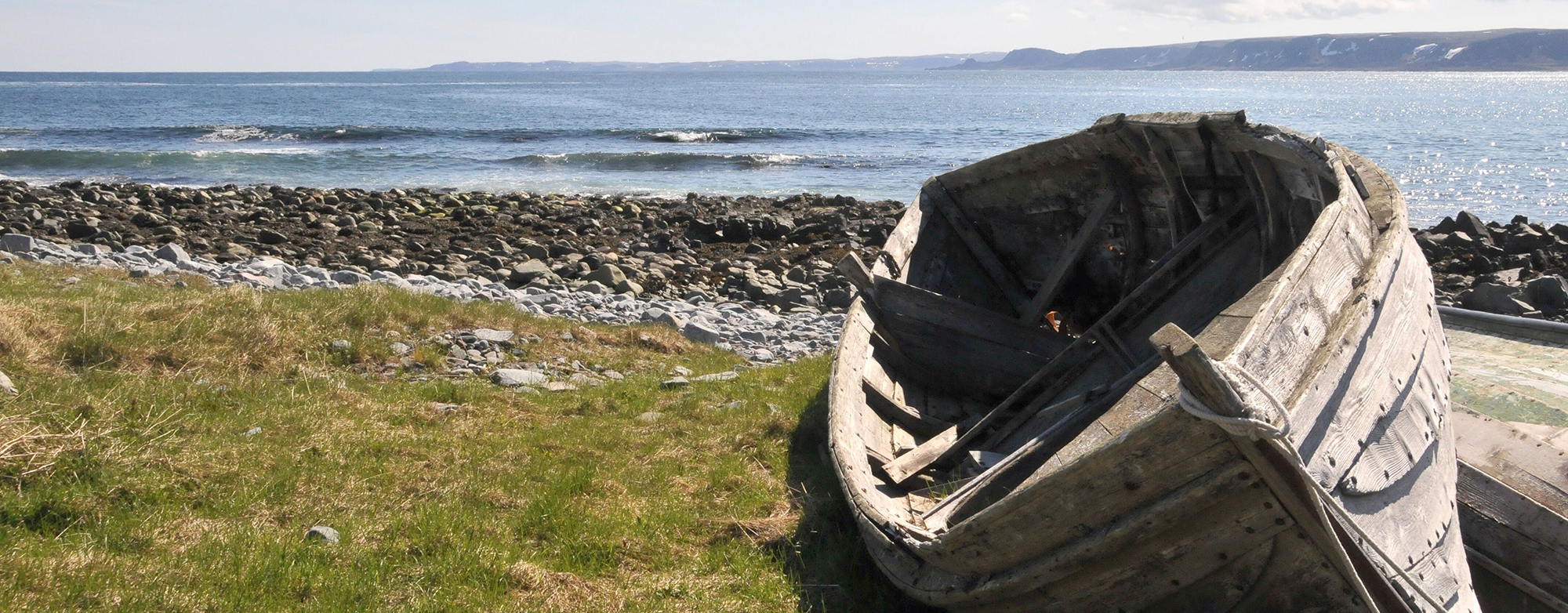How we work

Photo: Elin Rose Myrvoll, NIKU
To achieve the goal of creating a better system for coastal zone management in Norway, we will work in the following way:
Identify and establish value of ecosystem services
We will find ways to identify, measure and determine the value of various ecosystem services.
We will identify and categorize the ecosystem services in the coastal zones of the three study areas: Hordaland, Troms and British Columbia. We will find potential areas in which the various services interact with each other, and determine their value whenever possible. We will determine the economic value of the above by applying market prices, where available, or forming estimates based on previous studies. In the context of coastal zone management, putting a value on ecosystem services should not take precedence over ethical and political considerations but be in addition to these.
In the context of this work, we will ask the following questions: What are the characteristics of the various ecosystem services in the three selected regions? What values can we determine that they have? What are the key trade-offs between services and how do they affect their value?
Responsibility: Claire Armstrong, Professor, The Arctic University of Norway (UiT)
Management structures and processes
We study how the three selected regions have organized their management and planning processes. We also look at the roles and positions of various stakeholders in these processes, and seek to determine where managerial responsibility overlaps or whether there is a conflict of roles.
In Norway, spatial planning takes place in the municipalities and often involves setting aside a given area for a special purpose. However, we also have sectors that are managed by national agencies which means that there is local, regional and national management of ecosystem services in coastal areas. We see evidence of overlapping responsibilities as well as conflicting objectives and values. This has resulted in a complicated system with a multiplicity of plans and guidelines that make it difficult to coordinate the various interests. Local considerations can easily be overridden by national priorities, and national objectives can be thwarted by delaying tactics and protests.
We will study the planning processes and documents, and interview planners, politicians, sector managers and other key personnel, in order to form a picture of the practice and structure of coastal zone management.
We will ask the following questions: What are the practices involved in planning and management? Who are the participants? Who are the key actors? How are stakeholders included (or excluded)? How do decisions in one area of management affect decisions in another? What are the most controversial issues in each of the study’s selected regions and, if there was a conflict of interest, how was the conflict resolved?
Responsibility: Ingrid Kvalvik, Scientist, Nofima
Knowledge production and management tools
Nature itself cannot be controlled, but those who make a living in and from the natural environment, can be controlled. Management, therefore, involves controlling human behaviour. This can be achieved in a number of ways, for example, by imposing quotas on fisheries, issuing farming permits or through spatial plans showing where different activities can take place. We can refer to the above as administration instruments – or management tools – designed to steer social and economic actors in the desired direction. We are studying how information about the coast is translated into knowledge that can then be used as management tools by the authorities.
We are particularly concerned with assessing four processes and methods in which information is collected for management purposes:
- methods for mapping biodiversity
- methods for obtaining fishing and local knowledge
- methods used in impact assessments
- how mapping technology and geographic information systems (GIS) are used in management and planning.
In addition to studying the production of knowledge and how it is used to define and regulate the coast, we will interview the knowledge producers, stakeholders, planners and representatives from the authorities.
In the context of this work, we will ask the following questions: Who produces knowledge, and how is knowledge obtained? Who are the key actors? Which institutions produce knowledge? How is knowledge transferred to tools? How will an ecosystem services perspective affect the way in which knowledge and values are transferred to management tools?
Responsibility: Einar Eythórsson, Senior Scientist, Norwegian Institute for Cultural Heritage Research (NIKU)
Scenarios for future coastal management
We aim to develop scenarios that can be used to illustrate new planning methods.
The knowledge gained from other work areas will be used to outline different coastal planning scenarios in which ecosystem services are taken into consideration. We will develop these scenarios in working meetings with relevant stakeholders. Our aim is to find key drivers for how knowledge of ecosystem services can be used in planning and decision-making processes.
The scenarios answer the question of how value assessment of ecosystem services can be deployed in coastal zone planning and under different management regimes.
Responsibility: Bjørn Hersoug, Professor, UiT – The Arctic University of Norway

